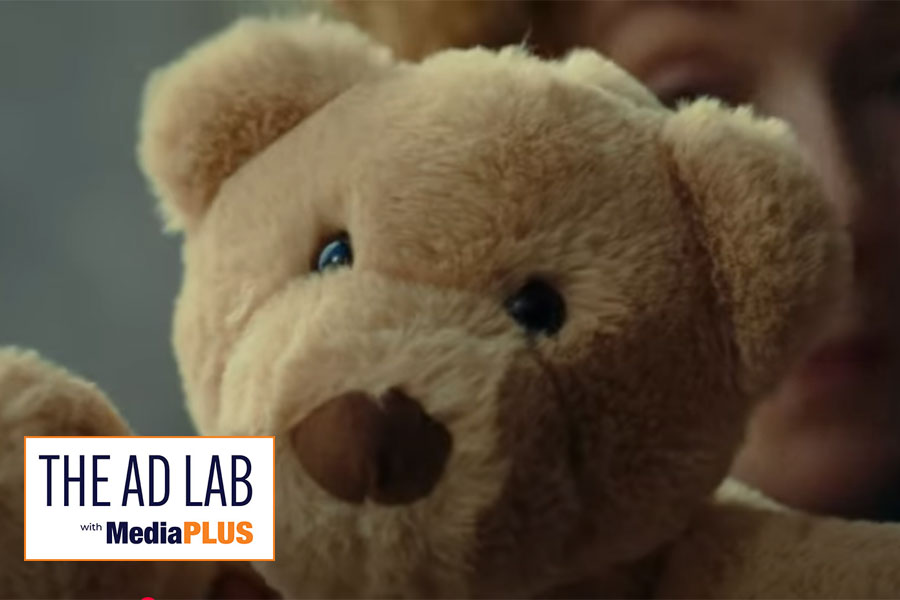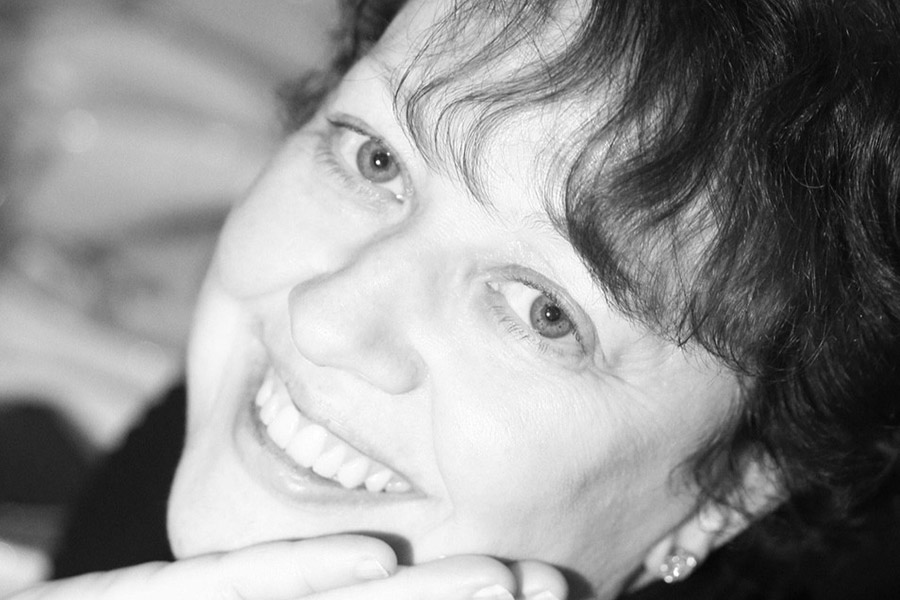Every week, Amárach and Future Proof Insights share exclusive findings from their PRIZM+ ad testing service, showcasing best practice creative advertising in Ireland.
The VHI ad opens with an invitation, not to buy, but to feel welcome.
The clinic is warm, the music soft, the tone human.
This early familiarity is more than aesthetic, it activates a cognitive effect known as processing fluency, where the brain finds the content easy to absorb, leading to positive feelings and heightened trust.
This effect is especially strong in the first five seconds as the VHI logo appears while a doctor warmly greets a patient.
Attention and Emotion measures rise in tandem, showing that the audience isn’t just watching, they’re tuning in.
As the ad transitions into more structured messaging, highlighting joined-up care between paediatricians, specialists and rehab support, cognitive load increases.
While this reflects the brain doing its job, there is a point at which it strains. Between 13 and 23 seconds, load edges above the optimal range.
This reflects the cognitive overload effect, where too much new information or scene change in a short window risks diminishing memory formation. In these moments, viewers remain engaged, but retention starts to suffer.
Despite this, positive motivation continues to build.
The brain shows signs of what we call motivated encoding, especially during the personalised rehab interaction where the doctor encourages the female patient, "Yes, Ciara."
In this moment, viewers are not just observing, they are empathising with the patient and vicariously experiencing her progress and pride.
Emotion and desire spike, reflecting the strength of this connection.
These moments exemplify peak-end theory, we remember emotionally charged scenes that come at or near the end.
There's an argument for increasing the level of branded cues at this point, to drive associations.
The final scene restores fluency and control.
The doctor again says "Welcome to VHI" and the logo is shown with a purple gradient end-screen.
But with the ad's emotional and motivational highs occurring earlier, this framing may under-deliver on potential impact.
A stronger link between those earlier emotional scenes and brand cues could reinforce what behavioural science refers to as associative encoding, helping the viewer to form stronger mental connections between the emotional content (i.e. the scene with Ciara) and the VHI brand.
From a behavioural lens, the ad scores strongly on stated Motivation.
The music, soft voiceover, and visuals of care encourage an instinctive liking.
Viewers find it easy to understand, but the social opportunity lags, which in this context is ok, as healthcare is occasion-dependant, meaning that people do not generally consider themselves in immediate need of healthcare, until they are.
Segmenting COM-B data shows younger demographics find the ad more relevant. Relevance boosts Behavioural Impact, which we see quite frequently, due to confirmation bias, when an ad aligns with personal experience or goals, we’re more likely to accept its message.
But older viewers or perhaps those without recent interactions with healthcare or VHI show flatter responses, both neurally and behaviourally.
The VHI campaign successfully crafts a sense of calm and competence.
But there are windows to strengthen memory by aligning brand cues more precisely with emotional highs, simplify central messaging to ease processing, and introduce social validation.
In doing so, VHI can not only be felt, but also firmly remembered.
For more insights from PRIZM+ on how neuroscience drives advertising impact, visit: https://www.futureproofinsights.ie/prizm-plus/










